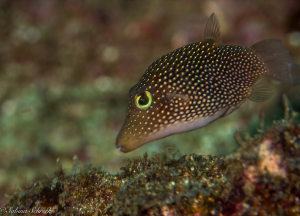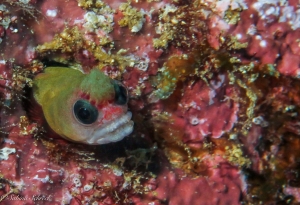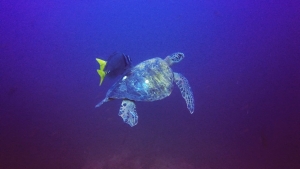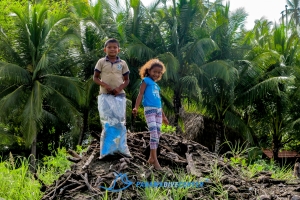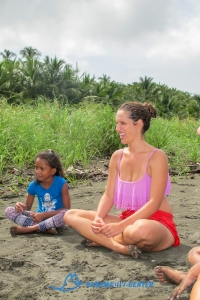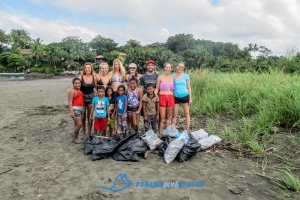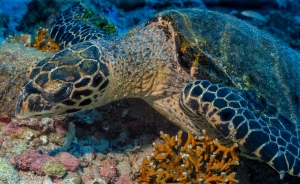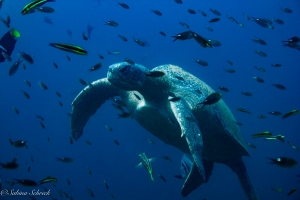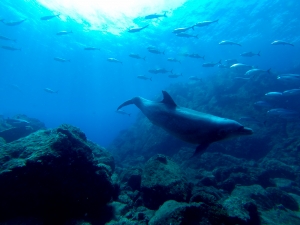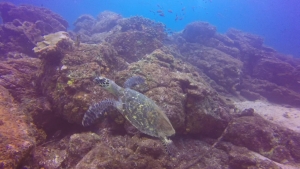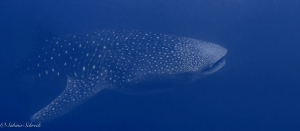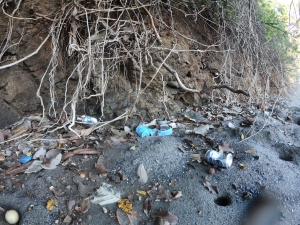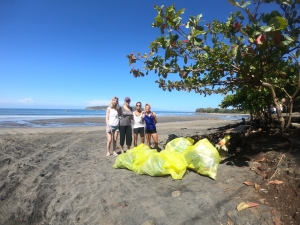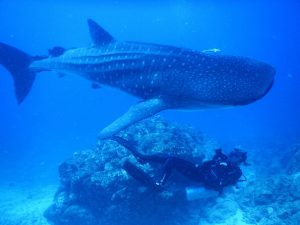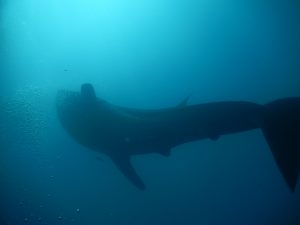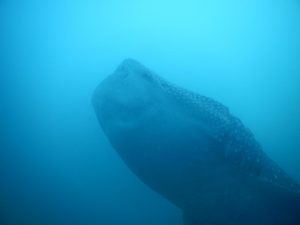Plastic
PLASTIC. Plastic. PlAsTiC. PLASTIC. There are lots of stories about plastic going around in the news all the time nowadays, saying how there are mountains of plastic floating around in the ocean. But it’s hard to envision your disposable toothbrush or your food wrappers actually making it to the ocean, right?
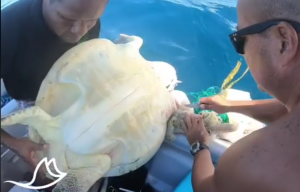 Here in Santa Catalina, we see that as a reality. Currents bring plastics from all over to our shores. Did you know that 79% of plastic waste we accumulate sticks around in landfills, the ocean, and other terrestrial environments for hundreds of years if not more? That may be hard for us to imagine, but maybe not so much for our marine wildlife.
Here in Santa Catalina, we see that as a reality. Currents bring plastics from all over to our shores. Did you know that 79% of plastic waste we accumulate sticks around in landfills, the ocean, and other terrestrial environments for hundreds of years if not more? That may be hard for us to imagine, but maybe not so much for our marine wildlife.
Here, we see the direct impact that the waste we produce has on the marine environment. That can be pretty heavy sometimes, and make you feel a bit helpless.
BUT, we figure that sitting around moping about it probably isn’t going to help. That’s why we do the best we can to try and help out where we can. We start by trying to reduce our actions in forms such as not buying plastic bottles, and instead using reusable bottles. We also try to be proactive where we can, and organise beach cleans, like our recent event on Estero beach.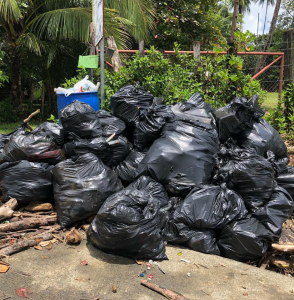
A huge thank you to all who helped us cleaning and a special thanks to the guys from trashless who supported us also on their website.
Trashless Ocean
With the desire to do more about the pollution problem than just minimizing the own impact, Rosa, founder of trashless created a website to join all the world’s motivated trash pickers together . On trashless.earth you can connect with like-minded people, find initiatives and events like our beach clean up close to where you are.
The trashmap makes it super easy to find these events and also to read news and find other users close to you. Share your knowledge, skills and inspirations in rescuing our Planet from all the pollution on the Activity feed. You can create your own Clean ups, invite people and ask for help with the organisation and supporting of your event. Or just looking for some products to reduce your own plastic use? They also have many suggestions and information for that as well, and you can also add your own zero plastic products.
So if you’ve ever felt hopeless and like you couldn’t do or change anything, this site is what you are looking for. It makes it a lot easier and joyfull to do something about this global problem.
Stay motivated and don’t give up. It’s not to late!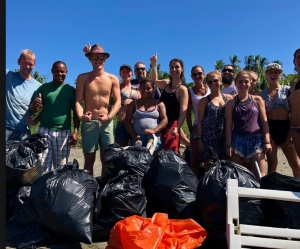 -By Inga
-By Inga

